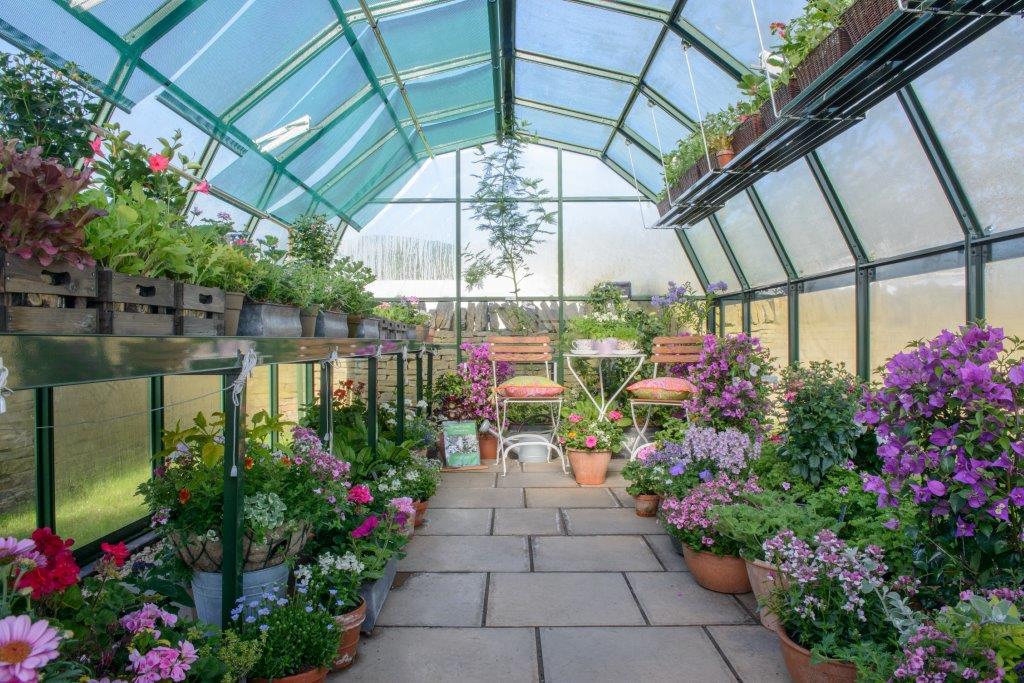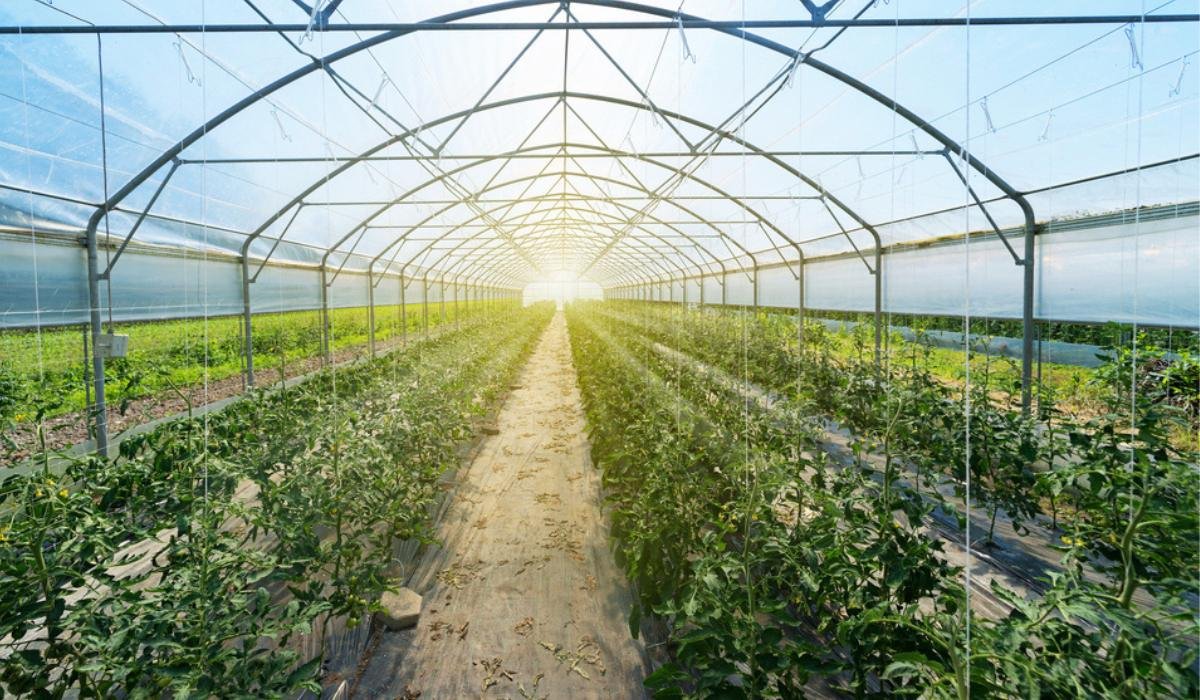Structure Dreams, Expanding Eco-friendly: Monarch Greenhouse Builder Utah at Your Solution
Wiki Article
The Future of Greenhouses: Developments in Sustainable Farming
Are you curious concerning the future of greenhouses and how they are revolutionizing lasting farming? From advanced climate control systems to vertical farming methods, water-efficient watering methods, renewable power assimilation, and smart data analytics, these improvements are transforming the method we expand our food.Advanced Environment Control Equipment
To attain optimal growing conditions, you can depend on the improvements in greenhouses with sophisticated climate control systems. These systems have reinvented the way we grow plants, providing a controlled atmosphere that is favorable to plant development. With these innovative systems, you can now adjust temperature level, humidity, light degrees, and even carbon dioxide concentrations to develop the ideal problems for your plants to thrive.Among the key functions of these innovative environment control systems is their capability to regulate temperature. By utilizing sensors and automated controls, the greenhouse can change the temperature based upon the details requirements of the plants. This makes certain that they are never revealed to severe heat or cool, which can be harmful to their development.
Humidity control is another critical element of these systems. By keeping the suitable moisture degrees, you can prevent problems such as mold and mildew, mold, and disease from influencing your plants. These systems can likewise regulate the quantity of light that gets to the plants, guaranteeing that they get the optimum amount for photosynthesis.
Moreover, advanced environment control systems can also manipulate CO2 concentrations. By increasing the levels of CO2 in the greenhouse, you can enhance plant growth and productivity. This is especially valuable in locations with reduced natural carbon dioxide degrees.
Upright Farming Strategies
One important upright farming technique is using piled expanding systems. Monarch Commercial Greenhouse Utah. These systems involve setting up plants in several layers, up and down piled on top of each other. By making use of vertical area, farmers can optimize their plant return without calling for extra land. Piled growing systems are typically used in metropolitan locations where area is limited.One preferred technique is referred to as vertical hydroponics, where plants are expanded in nutrient-rich water without dirt. This strategy is extremely reliable as it reduces water use by approximately 90% contrasted to typical farming methods. Furthermore, given that the plants are expanded inside your home, they are secured from parasites and illness, minimizing the need for pesticides.
Another strategy is aeroponics, which involves suspending the plant origins in a mist or air environment. This technique enables optimum nutrient absorption and oxygenation, leading to faster development and higher returns. Aeroponics likewise utilizes less water than standard farming and can be applied in vertical systems, making it a prominent option for vertical farming.
Water-efficient Watering Methods
Optimizing water preservation is essential when it concerns executing water-efficient irrigation approaches in sustainable agriculture. With worldwide water scarcity becoming a pressing concern, it is essential to establish innovative techniques that maximize water usage in greenhouse procedures.One appealing technique is drip watering, which supplies water straight to the plant origins, minimizing waste and dissipation. By making use of a network of tubes with tiny emitters, water is applied gradually and exactly, making sure that plants get the required moisture without excess overflow.
One more efficient strategy is using dirt wetness sensors. These gadgets measure the moisture material in the soil and provide real-time information to farmers. By keeping track of the soil's wetness degrees, farmers can precisely figure out when and exactly how much water to apply, avoiding over-irrigation.
In addition, the implementation of rainwater harvesting systems is getting popularity in greenhouse farming. Accumulating rainwater from rooftops and saving it in storage tanks allows farmers to use this all-natural source for irrigation purposes, reducing dependence on conventional water resources.
Last but not least, the fostering of automated watering systems can significantly enhance water performance. These systems use sensing units to spot soil dampness levels and weather condition problems, adjusting irrigation routines accordingly. By optimizing water usage based upon real plant needs, these systems can lower water waste and promote lasting farming techniques.
Renewable Resource Integration
Currently, let's explore exactly how you can incorporate renewable resource right into your greenhouse procedures for an extra lasting future. Eco-friendly power combination in greenhouses provides several benefits, including decreased running costs and lowered dependence on non-renewable power sources. One means to incorporate renewable resource is with the installment of photovoltaic panels. These panels are put on the roofing system or bordering areas of the greenhouse to capture sunshine and transform it right into electrical energy. The created power can after that be made use of to run different operations within the greenhouse, such as ventilation, heating, and lighting systems. In addition, excess energy can be saved in batteries for usage during non-sunlight hours. One more approach of renewable power integration is the usage of wind generators. These generators harness wind power and convert it right into electrical energy, which can be utilized to supplement the energy demands of the greenhouse. Incorporating renewable resource sources not just lowers greenhouse gas emissions but likewise advertises sustainability and durability in your agricultural operations. By accepting sustainable power, you can add to a greener future while guaranteeing the long-term feasibility of your greenhouse company.Smart Data Analytics and Automation
To improve the efficiency of your greenhouse operations and maximize source application, think about applying smart data analytics and automation. Smart data analytics entails collecting and assessing information from numerous sensing units and gadgets within your greenhouse. By keeping an eye on variables such as temperature level, humidity, light levels, and dirt wetness, you can get beneficial understandings right visit this web-site into the health and development of your plants. This information can help you make notified decisions regarding readjusting ecological problems, enhancing watering schedules, and stopping possible issues before they occur.
This can consist of automating the control of lighting, webpage air flow, watering systems, and nutrient delivery. By automating these procedures, you can make certain that your plants receive the best conditions and nutrients at the appropriate time, without the requirement for constant manual treatment.
Additionally, wise data analytics and automation can work with each other synergistically. The data collected by sensing units can be made use of to educate automatic systems, permitting them to make real-time changes based on the current conditions. This integration of data analytics and automation can result in more effective and exact resource appropriation, inevitably causing higher yields and better plant quality.
Verdict
Finally, the future of greenhouses in sustainable farming looks encouraging. With advanced climate control systems, upright farming techniques, water-efficient irrigation techniques, and renewable resource integration, greenhouses are becoming extra eco pleasant and reliable. Furthermore, using clever information analytics and automation better enhances efficiency and lowers waste. These advancements are leading the way for a much more effective and lasting farming sector, guaranteeing a greener and healthier future for all.
By maximizing water usage Full Report based on actual plant requirements, these systems can decrease water waste and promote sustainable farming practices.

Report this wiki page